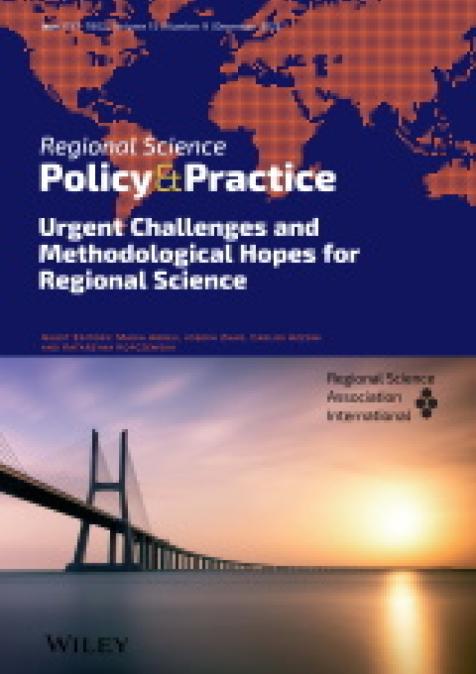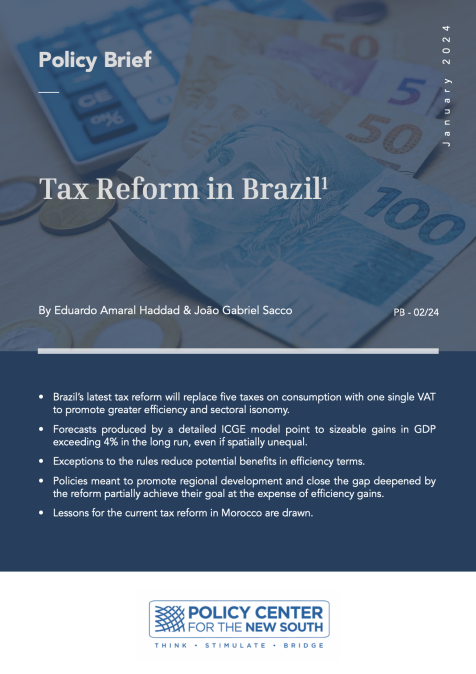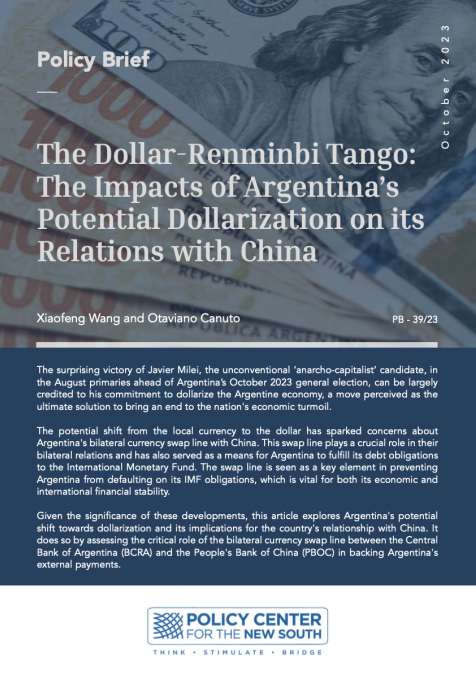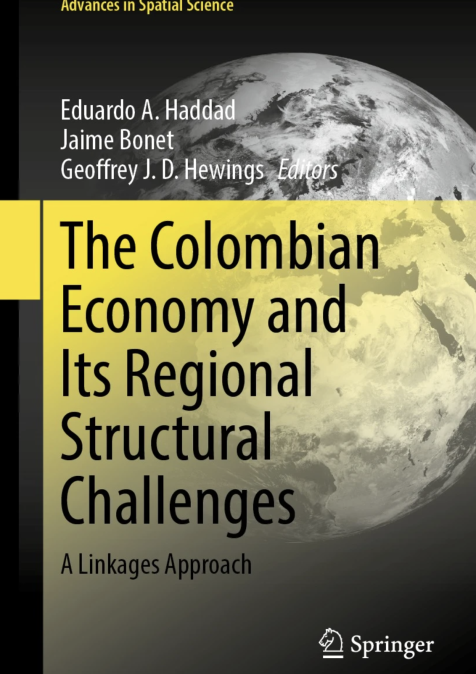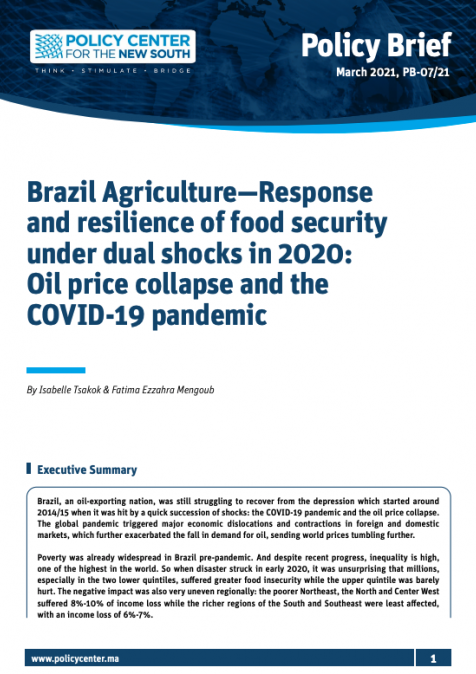Publications /
Paper in Academic Journals
This Paper was originally published on onlinelibrary.wiley.com
This study aims to shed new empirical light on the importance of the wage curve in a developing economy. The main contribution to the empirical literature is related to the analysis being conducted at different regional levels of a developing economy. This indicates that municipal-level data seems to be more adequate for wage curve evaluation, and that spatial dependency should be considered to adequately control for local labor market characteristics. Results for Brazil show that wage flexibility is higher in less dense local labor markets and in the informal sector. Controlling for unobserved local characteristics is necessary to obtain the ‘true’ elasticity of wages with respect to local unemployment rates, while spatial autocorrelation effects should be accounted for when the spatial unit of analysis is rather small to consider the interactions that happen inside a specific labor market area. Finally, a significant part of the difference in outcomes between formal and informal sectors appears to originate from spatial–economic dependence effects, indicating that labor market areas are more suitable for such analysis.

